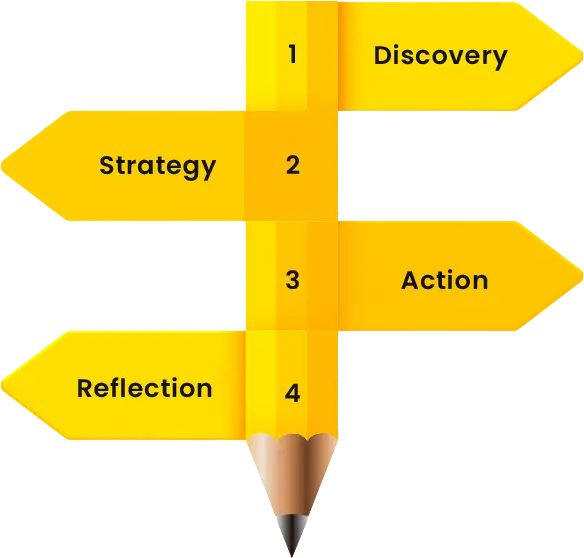In the fast-paced and often stressful world we live in, panic attacks can become an overwhelming reality for many individuals. Coping with these intense episodes requires a holistic approach that encompasses the mind, body, and spirit. In this blog, we will explore holistic ways for what helps with panic attacks naturally, drawing insights from the comprehensive approach advocated by Whats The Fear.
Before delving into coping mechanisms, it’s crucial to understand what panic attacks are and how they manifest. Panic attacks are sudden, intense periods of fear and anxiety that can be accompanied by physical symptoms such as rapid heartbeat, shortness of breath, and chest pain. They can be triggered by various stressors, including but not limited to, work pressure, relationship issues, or even a traumatic event.

We adopt a holistic perspective, recognizing that panic attacks are not solely a result of mental distress but involve a complex interplay of physical, emotional, and psychological factors. Here are several holistic ways by Whats The Fear to cope with panic attacks:
Mindfulness and meditation play a pivotal role in grounding oneself during a panic attack. Whats The Fear emphasizes the practice of being present at the moment, detaching from overwhelming thoughts, and focusing on the breath. Techniques such as guided meditation and mindfulness exercises are powerful tools to regain control over the mind and prevent spiraling into panic.
A cornerstone of panic attack management is the regulation of breath. Shallow, rapid breathing often accompanies panic attacks, exacerbating physical symptoms. We encourage deep breathing exercises, such as diaphragmatic breathing. This involves inhaling slowly through the nose, allowing the diaphragm to expand, and exhaling gradually through pursed lips. Controlled breathing helps restore a sense of calm and regulates the body’s stress response.
We delve into the cognitive aspect of panic attacks by addressing negative thought patterns. During a session, individuals may experience irrational fears and catastrophic thoughts. The coaching approach involves identifying these negative thoughts, challenging their validity, and replacing them with more rational and positive alternatives. This cognitive restructuring is a powerful tool in breaking the cycle of panic.
Incorporating physical activity into the daily routine is a holistic strategy recommended by Whats The Fear. Exercise releases endorphins, the body’s natural mood enhancers, and helps alleviate anxiety. Additionally, grounding techniques, such as walking barefoot on grass or practicing yoga, contribute to a sense of connection with the present moment and the environment, reducing the likelihood of panic.

We acknowledge the impact of nutrition on mental health. Certain foods and beverages can contribute to anxiety, while others may have a calming effect. The coaching approach involves adopting a balanced and nourishing diet that supports overall well-being. This includes staying hydrated, consuming nutrient-rich foods, and avoiding excessive caffeine and sugar intake, which can exacerbate anxiety.
Recognizing the importance of social connections, we encourage individuals to build a strong support system. Whether through friends, family, or support groups, having a network of understanding individuals can provide comfort and reassurance during challenging times with motivational speakers about life. Open communication about panic attacks and their triggers fosters a supportive environment where individuals feel understood and validated.
Whats The Fear places a strong emphasis on holistic self-care practices as a means of nurturing mental and emotional well-being. This includes activities that bring joy, relaxation, and a sense of fulfillment. Engaging in hobbies, spending time in nature, or dedicating moments to self-reflection are integral components of self-care. By incorporating these practices into daily life, individuals create a foundation for emotional resilience and increased coping capacity.

A powerful tool recommended is the practice of journaling. Writing down thoughts, feelings, and experiences can provide an outlet for emotional expression. Journaling allows individuals to gain insights into their triggers, track patterns, and develop a greater understanding of their emotional landscape. It serves as a therapeutic process that promotes self-awareness and self-discovery.
While holistic approaches are valuable, Whats The Fear recognizes the importance of seeking professional guidance when needed. Our therapists and counsellors will provide specialized support and evidence-based interventions for managing panic attacks. We often collaborate with mental health professionals to create a comprehensive and personalized approach to addressing individual needs.
We recognize the importance of creating a safe and calming environment. Designating a specific space in the home as a retreat during moments of distress can be immensely beneficial. This space can be personalized with comforting elements, such as soothing colors, soft lighting, or calming scents. Having a designated safe space provides a tangible anchor during times of heightened anxiety.
Coping with panic attacks requires a holistic approach that addresses the interconnected facets of mental, emotional, and physical well-being. Whats The Fear offers valuable insights and practical strategies to empower individuals in their journey toward what helps with panic attacks naturally. By incorporating mindfulness, breathing exercises, cognitive restructuring, physical activity, nutritional support, and a strong support system, individuals can embrace a holistic lifestyle that promotes resilience and serenity in the face of anxiety. Remember, the path to healing is unique for each person, and Whats The Fear provides comprehensive courses for navigating this journey toward emotional well-being.
Click here to start your journey today!

Colloboration Inquiries:
What’s The Fear LLC is an active member of the community and wants to help promote and participate in impactful projects.
Client Support:
What’s The Fear LLC is dedicated to responding to your questions, concerns and feedback in a timely manner.
Copyright © 2024 WhatsTheFear LLC | Unlimited Personal Growth
[…] delve into effective strategies that not only alleviate stress but also provide a shield against what helps with panic attacks naturally without relying on brand-name […]